We’re excited to introduce you to the always interesting and insightful Marissa Voytenko. We hope you’ll enjoy our conversation with Marissa below.
Marissa, looking forward to hearing all of your stories today. How did you learn to do what you do? Knowing what you know now, what could you have done to speed up your learning process? What skills do you think were most essential? What obstacles stood in the way of learning more?
Like most things, I saw encaustic before I learned how to work with it. I was in an art gallery north of Boston during my graduate school days when I saw my first encaustic painting. Its rich, thick, and luminous surface hypnotized me and I knew the qualities this medium had was what I had been searching for in my own work. As I was on a teaching track in school, it wasn’t until after graduation that I began working with the medium. At that point, I did everything I could to learn about encaustic: attending workshops, going to lectures, visiting shows, reading books, watching videos and experimenting in my studio.
Learning is a process and I am not sure if I would have done anything differently in trying to speed it up. Mastering a medium takes years, even decades. I’m still learning. But perhaps, my biggest pitfall was not asking enough questions or being vulnerable enough to ask others how they do things after my initial dive into the encaustic medium. It’s like I gathered a lot of information in my early years of creating and then I became kind of inward focused– meaning I was making a lot but not paying much attention to what others were doing. And there’s certainly a place for being focused on one’s work, but keeping a pulse on what is happening outside of one’s own studio is important too.
I am learning that there’s a lot of value in being curious and asking fellow encaustic artists how they work. Much of my learning came in a vacuum because I was doing it on my own and not in a classroom setting. It is certainly a goal of mine to continue attending workshops and visiting fellow artists’ studios so that I can keep a curious mindset. I certainly don’t want to assume that I have mastered the medium so there is no more exploring that needs to be done.

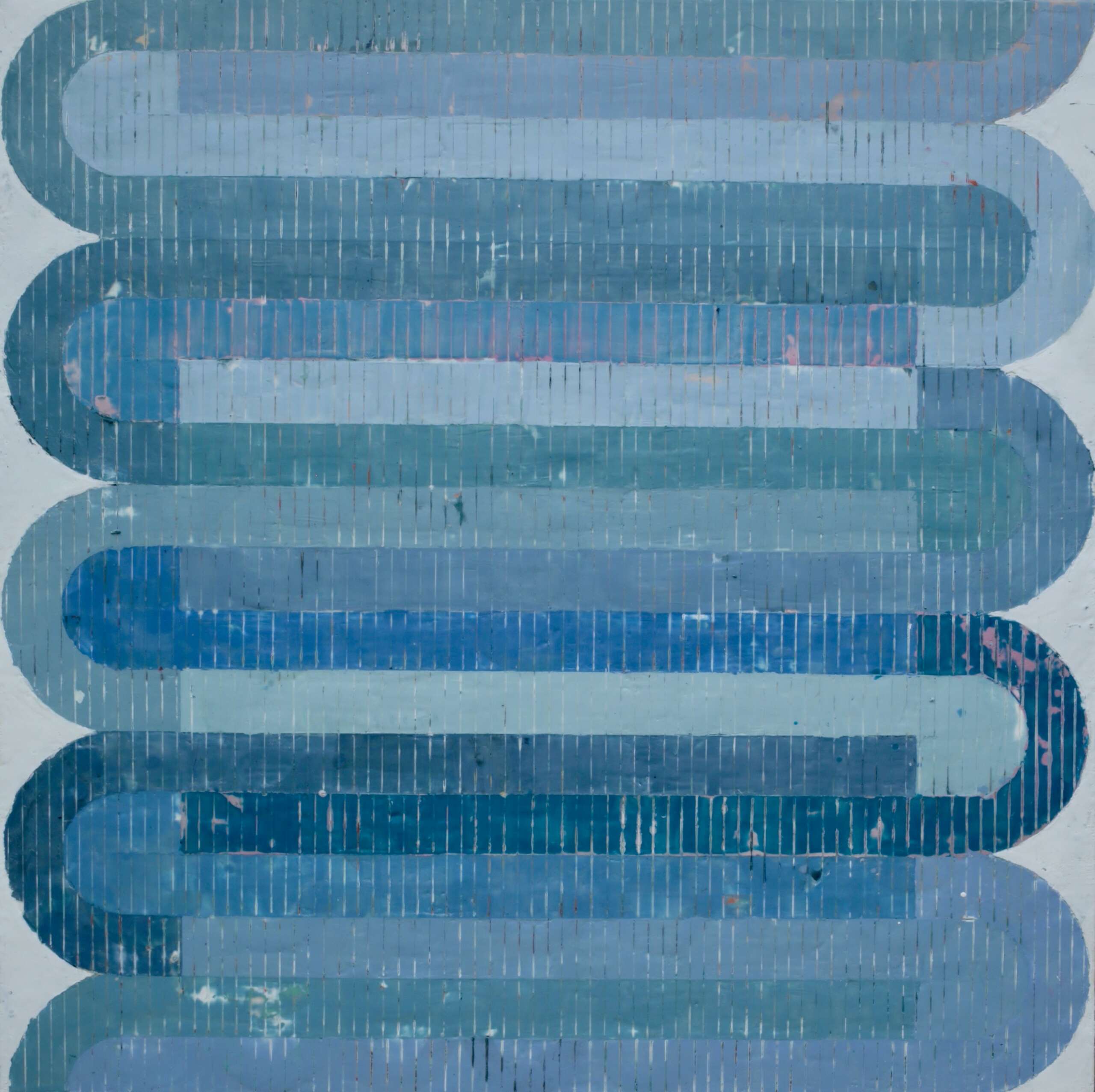
Marissa, love having you share your insights with us. Before we ask you more questions, maybe you can take a moment to introduce yourself to our readers who might have missed our earlier conversations?
My work is quiet and requires the viewer to slow down in order to really appreciate it. It’s not my goal to shout or shock, but there’s also more to the work than a calming aesthetic. While I do use color schemes and repetitive imagery that offer a peaceful vibe I am more interested in what the material of encaustic can communicate. The surface of my paintings are both clean and ordered as well as abraded; it’s the tension between broken and hard-edge in which I find beauty. Additionally, the luminous quality of encaustic beckons the viewer to wonder what might lie beneath the surface. It is as if the materiality quality of the medium itself is asking the question, what is it that we cannot see?
I am captivated by the idea of making the invisible visible. Instead of creating representational imagery of the physical world, I look to the natural world for metaphors that reflect the changeability of the unseen psychological and spiritual landscape. Generally, my paintings are two-dimensional explorations of these intangible realities using geometric shapes that wind and weave their way through the surface like pathways.
Grids are foundational to my work. Within the structure they provide, I am able to organize my thoughts and make creative decisions. Heavily influenced by architecture and repeating forms found in nature, I construct designs that act as portals or pathways to unseen worlds. The idea that less is more is an underlying principle that guides these compositions, stripping away distractions and enabling greater focus.
I have been working with encaustic for nearly 20 years and I still enjoy the physical act of digging in and scraping the wax as it reflects the mining of my thoughts and soul and so exposes those things which were once hidden.
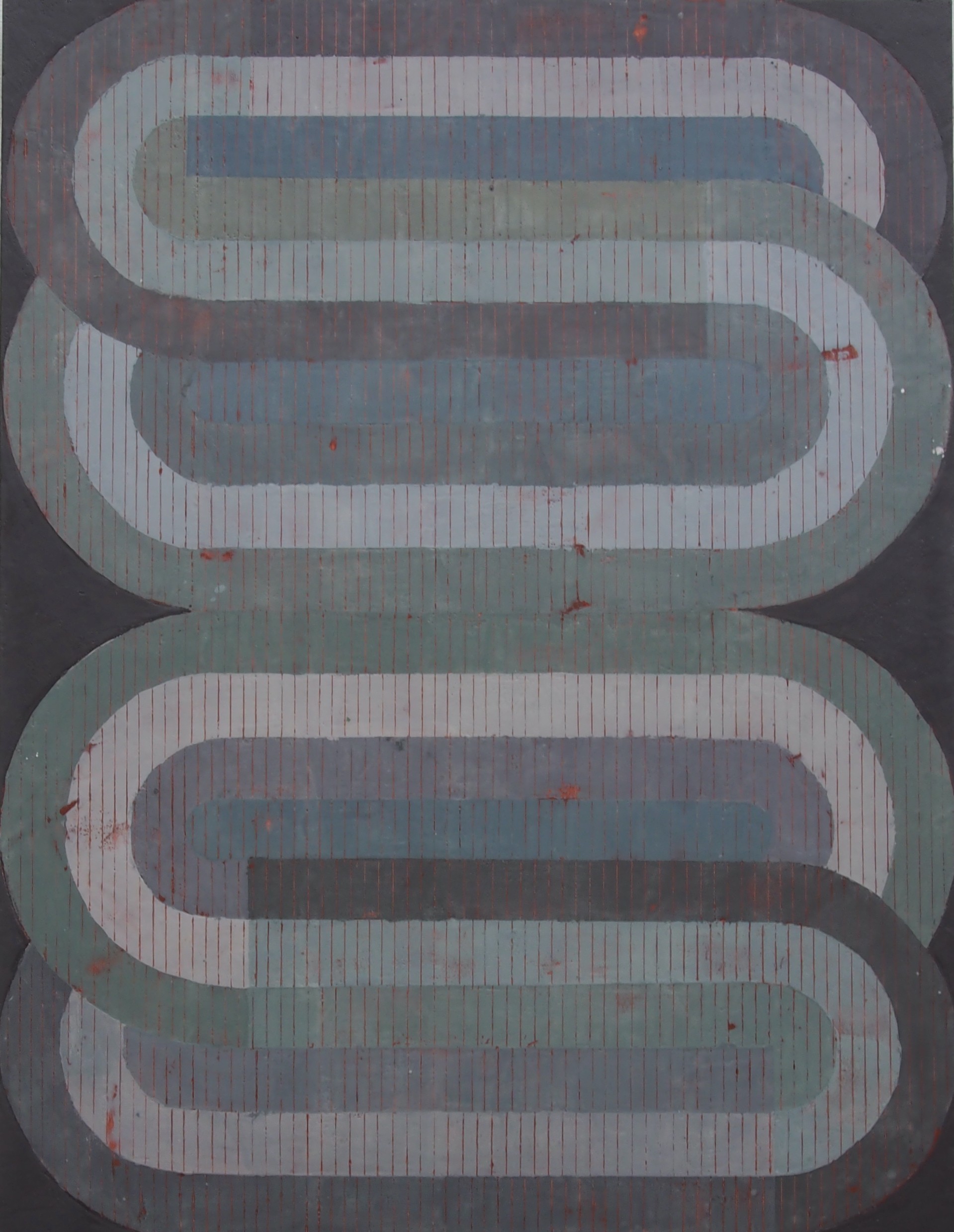
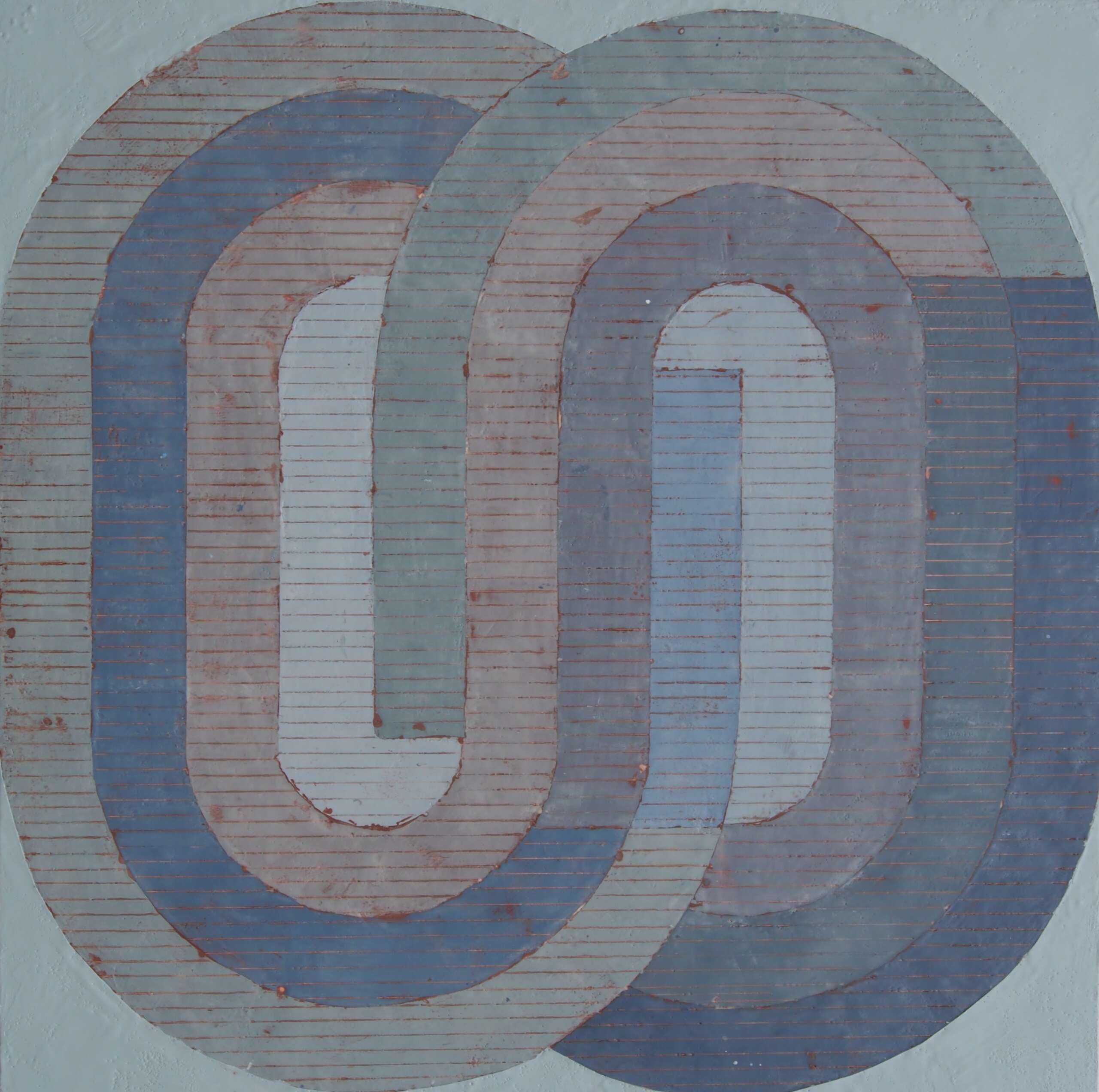
For you, what’s the most rewarding aspect of being a creative?
The two things I find to be life-giving in this work is the creative act of working with my hands and hearing how my work has impacted others. There is really nothing more thrilling to me than taking abstract ideas and bringing them to life through paint, pencil, or sculpture. And then, when someone has been touched by my work and they share with me its impact, that is such a gift.
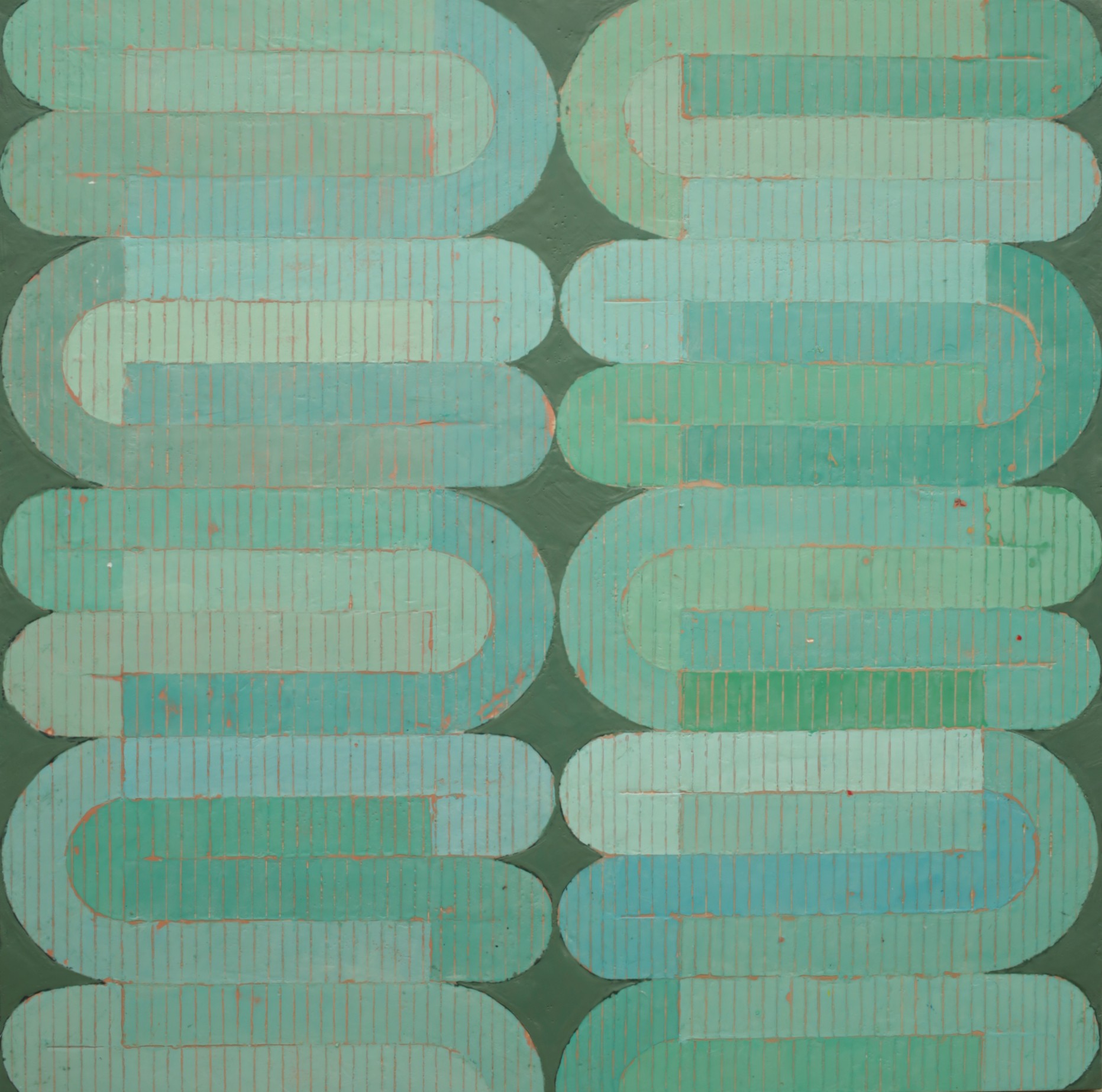

How did you build your audience on social media?
I am certain that my approach to social media is not what the experts will tell you. I am not a social media guru and don’t strive to be. I try to be thoughtful and selective in what I share. Unless I have a big show or a new line of work that I am highlighting, I only post once a week. It is important to me to not give social media a lot of headspace. It’s not that I don’t think it’s an important part of growing one’s business, but I try to put it in proper balance with other aspects of my work.

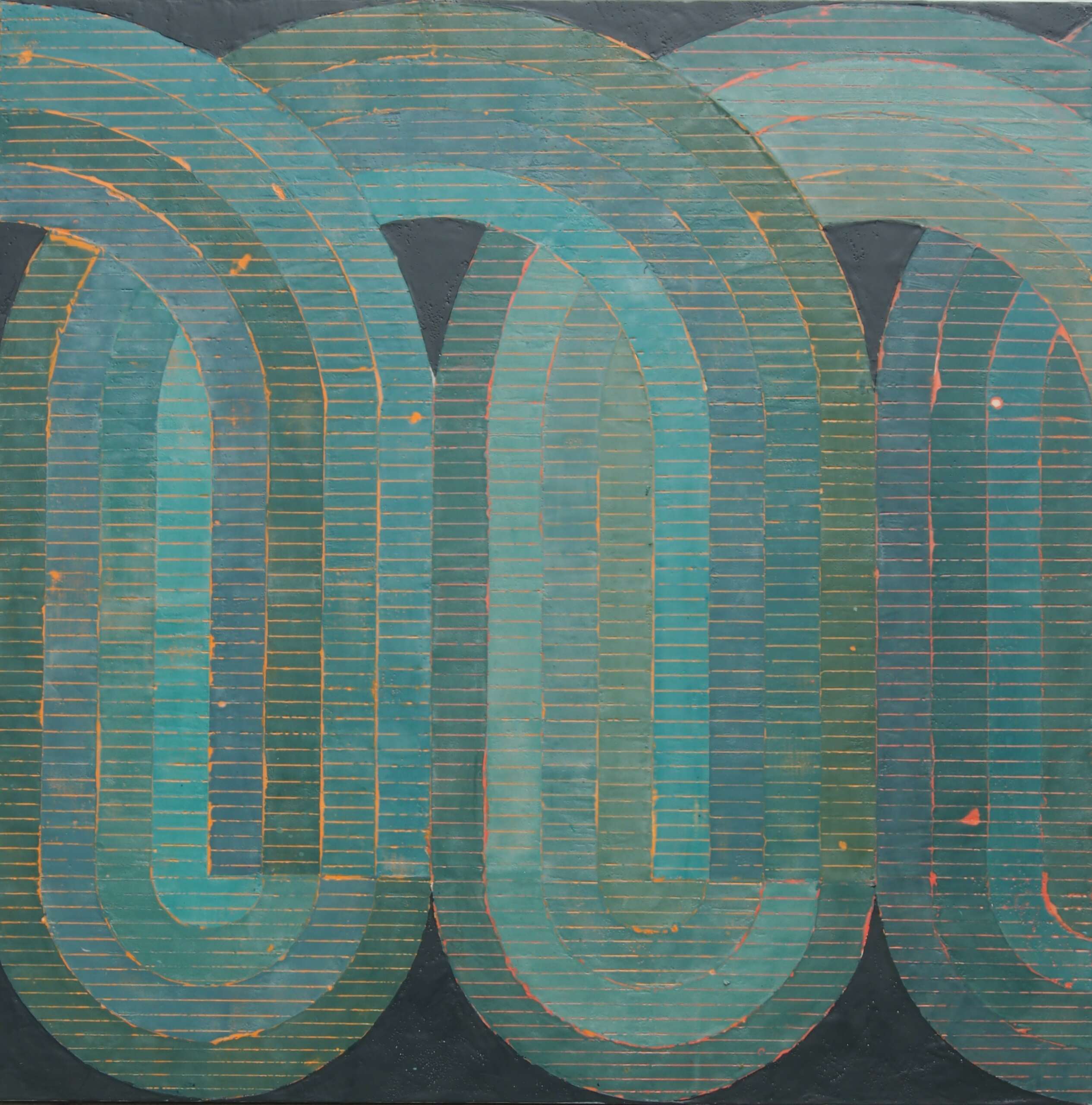
Contact Info:
- Website: www.marissavoytenko.com
- Instagram: @marissavoytenko
Image Credits
@mollygracephoto www.mollygracephotography.com (head shot credit)


